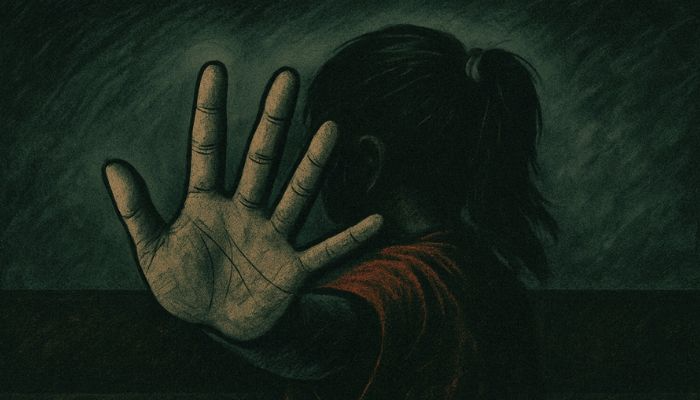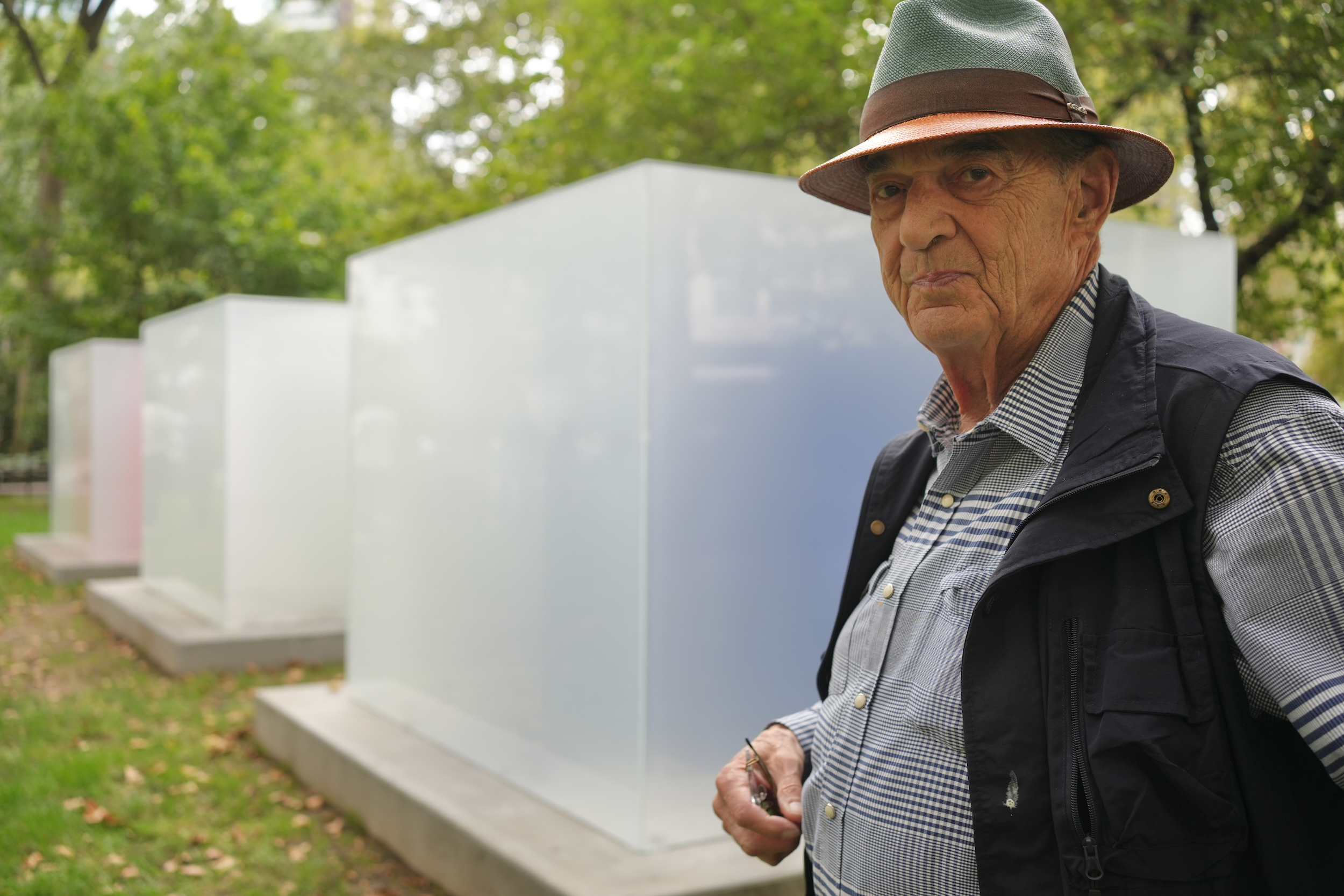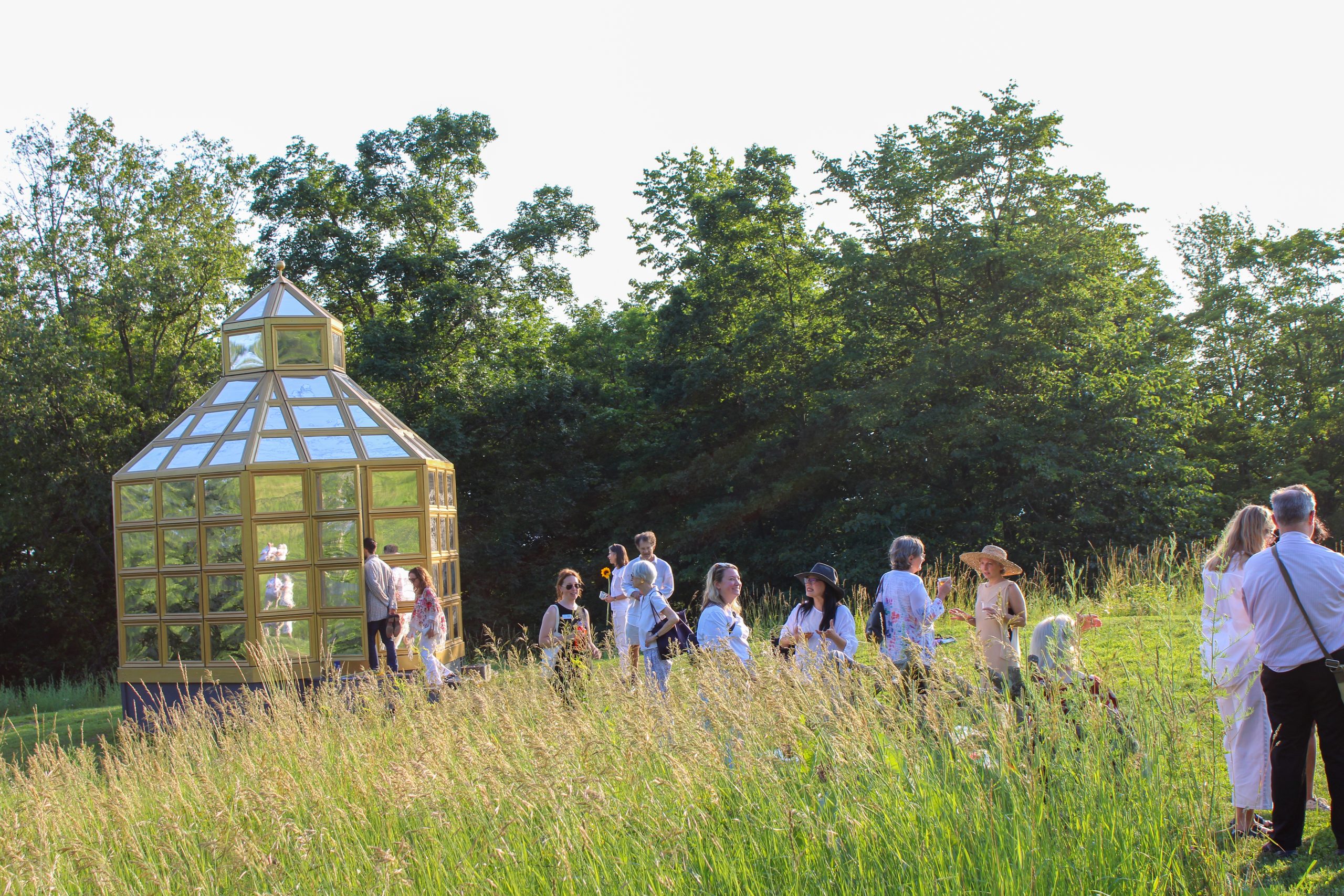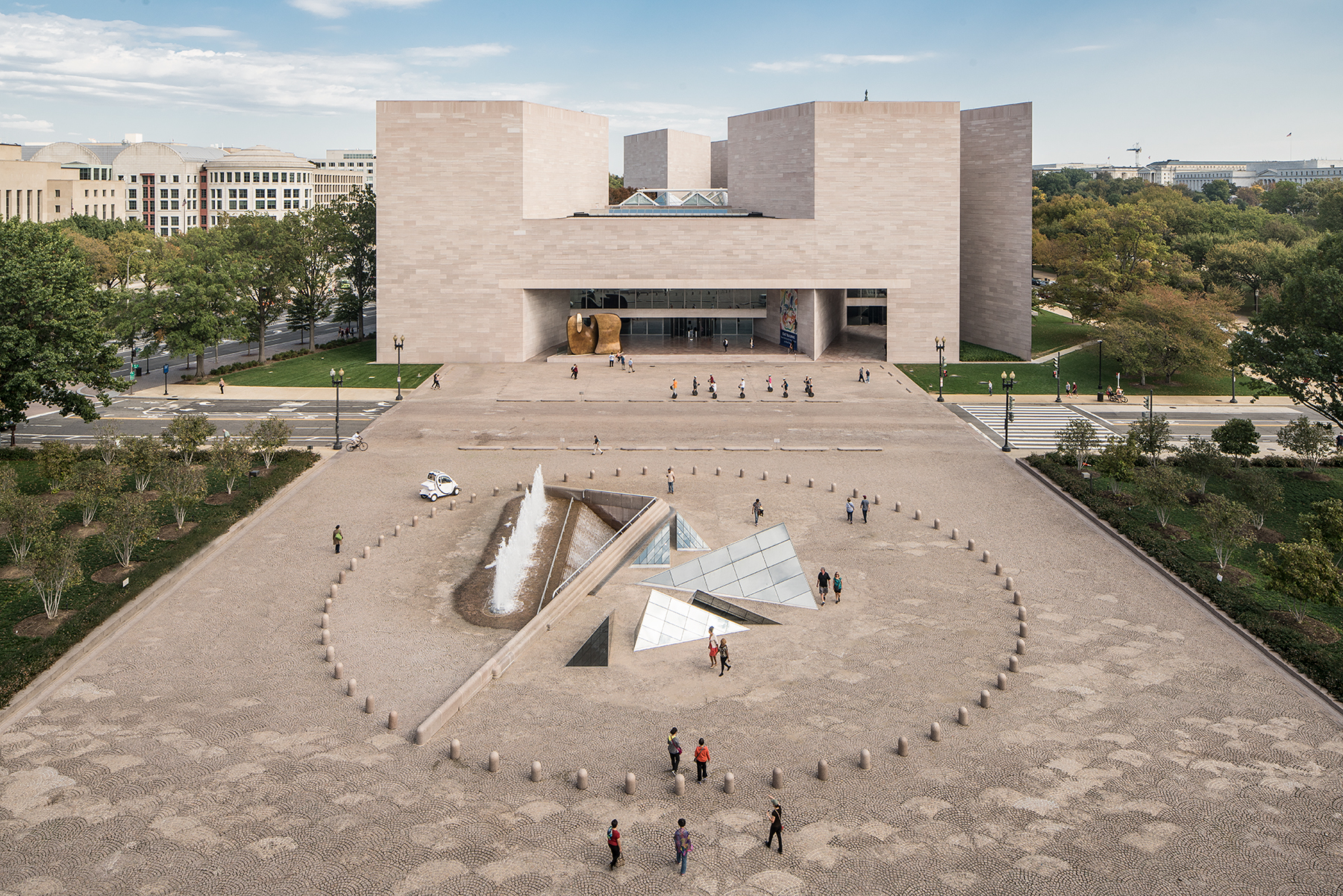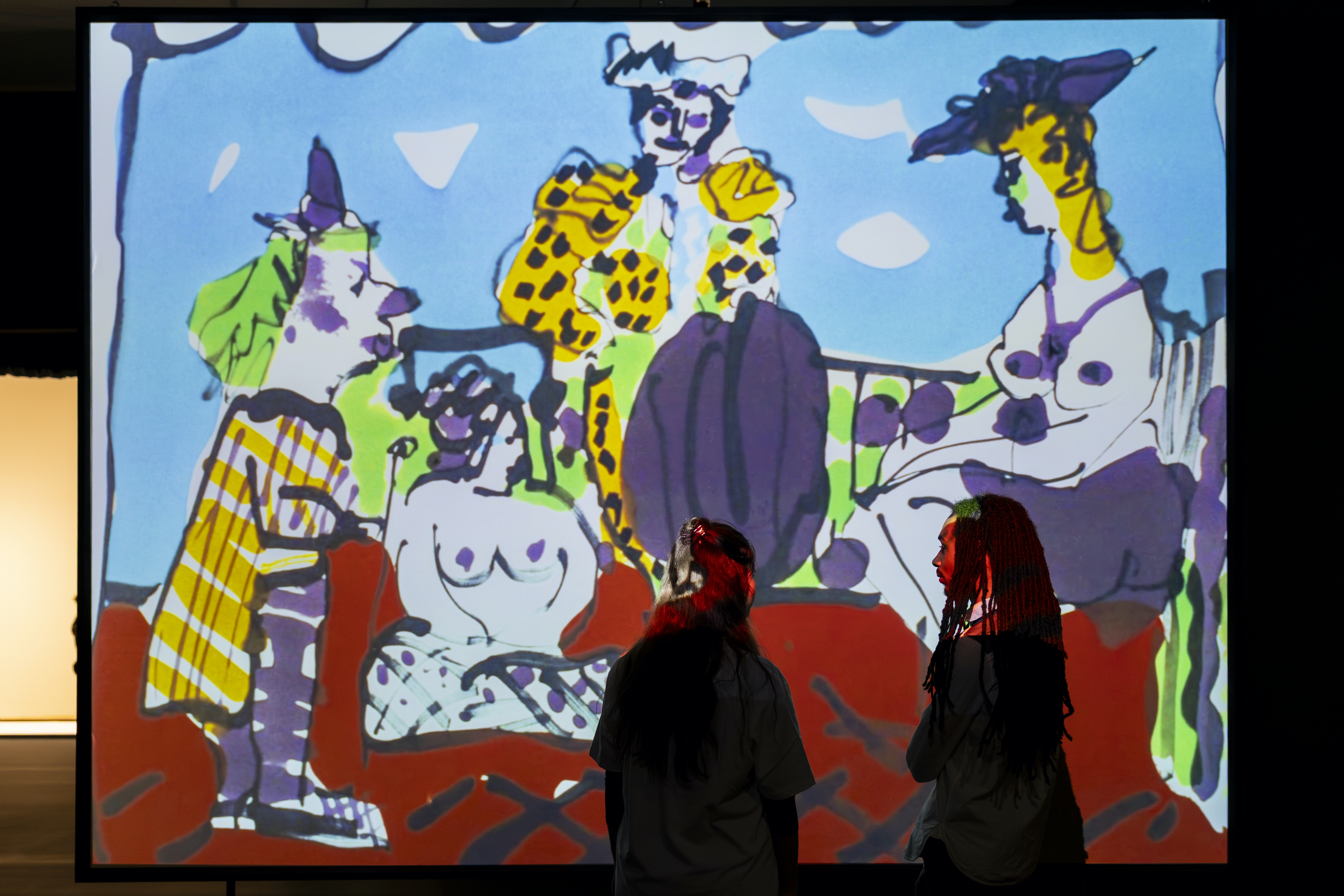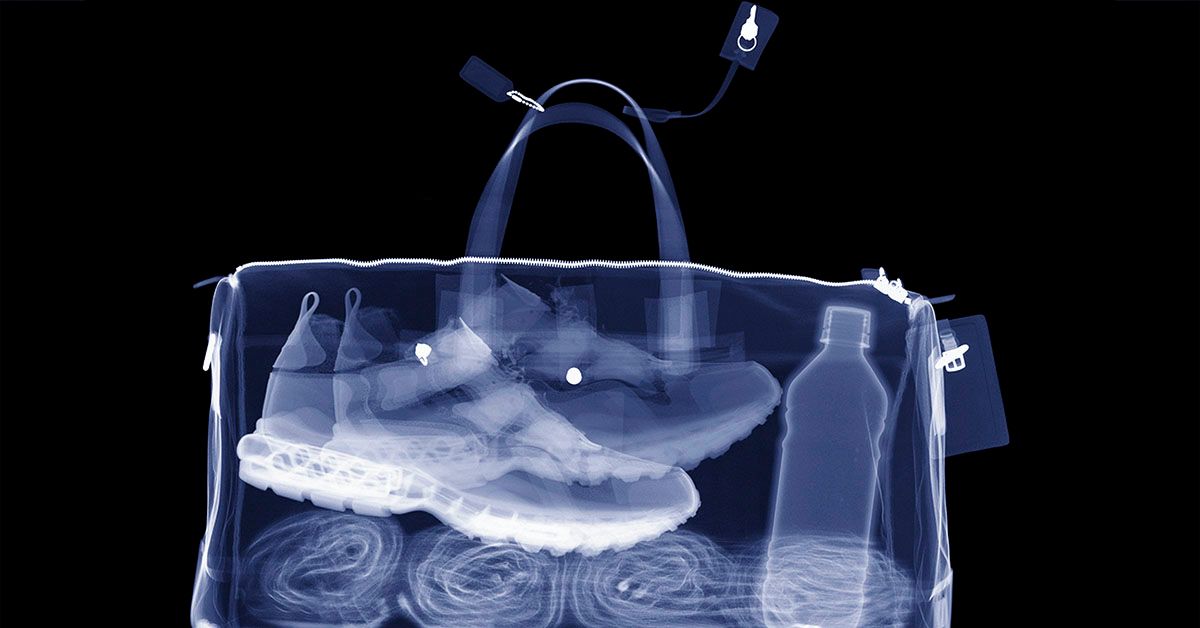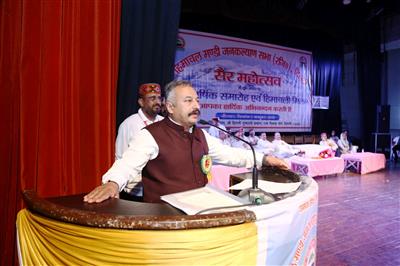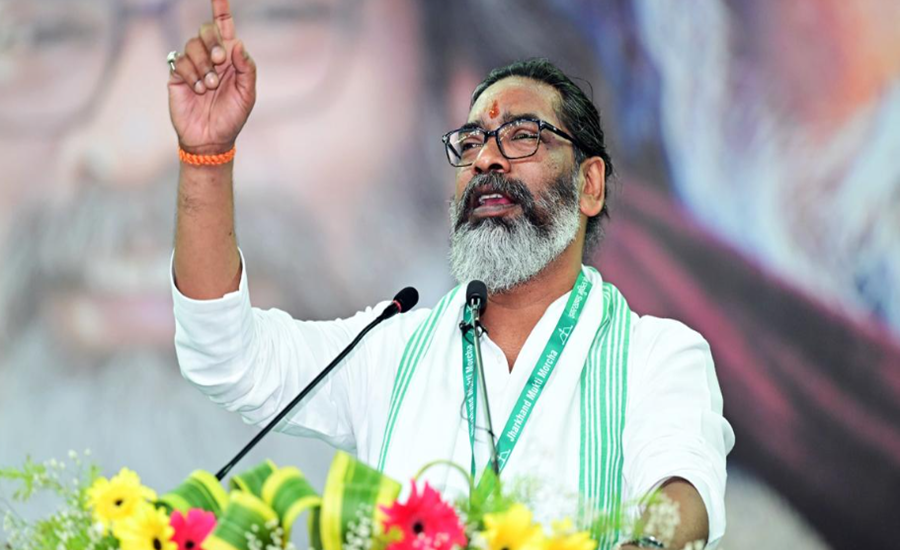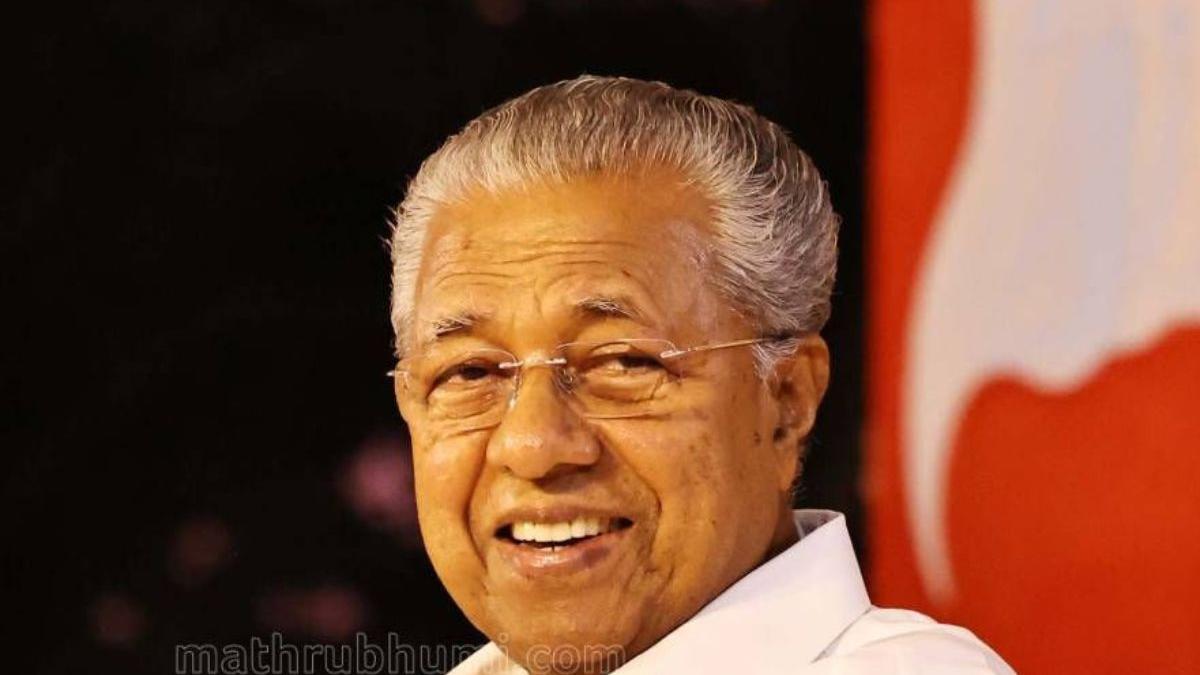“I want to stay in Kashi”: When Goddess Durga refused to leave Varanasi 260 years ago — Read about the ancient tradition wherein the same idol is worshipped every year
“ई ना हटत हौ!” (It won’t budge!) These words were uttered in exhaustion by 15 sturdy Yadav cowherds from the Madanpura area of Varanasi on Vijayadashami in 1767. That day, as every year, the Mukhopadhyay (now Mukherjee) family of Bengali Tola tried to move the Durga idol installed in their home for immersion, but the idol, made of clay, straw, bamboo, and jute, refused to budge. Despite numerous attempts, the idol remained unmoved. It is said that Goddess Durga appeared in the dream of the family head, Kali Prasanna Mukhopadhyay, that night, and said, “I wish to remain in Kashi, the city of Shiva. Do not immerse me.” This dream was not just a dream; the command of the Goddess was obeyed. Since then, for nearly 260 years, the same idol has been worshipped every year during Durga Puja, but not immersed. Worship of the same idol for 260 years The idol of the Mother Goddess is located in the old Durga Bari in the Bengali Tola, in the Madanpura area of Varanasi. The Durga idol here stands approximately 6 feet tall and is accompanied by Goddess Lakshmi, Goddess Saraswati, Lord Ganesha, and Kartikeya. The idol is worshipped every year during Durga Puja, but is never immersed. Made of clay, bamboo, straw, and jute, the idol remains the same today as it was in 1767. Only minor repairs are performed annually. The Mukhopadhyay family originally hailed from the Hooghly district of West Bengal. Following a family feud, they settled in Varanasi, where the Bengali culture already had a deep influence. Kali Prasanna Mukhopadhyay performed Durga Puja in his Varanasi home as per the Bengali tradition. At that time (the 1700s), Durga Puja was still a homely, family-oriented celebration in Bengal. Grand pandals and public events were a distant future. In 1767, like every year, the idol, made of Gangamati (soil from the Ganges), was brought from Bengal to Varanasi on a barge. It was worshipped throughout the Navratri, but when it was time for immersion on the Vijayadashami, the idol seemed to freeze in its place. No amount of force could move it. After Kali Prasanna Mukhopadhyay had the vision of Goddess Durga, it was decided to leave the idol in place. Since then, the same idol has been worshipped every year without immersion. This idol is worshipped not only during the nine days of Durga Puja but throughout the year. The daily Aarti is performed for 20 minutes, which increases to 45 minutes during Durga Puja. Special offerings during Durga Puja include fruits, peas, Mung beans, and on Panchami, a coconut Naaru made from 51 coconuts (previously made from 151). There’s no grand pandal here, but it’s a confluence of relationships, memories, and faith. People come from all over the country, especially those with roots in Bengali Tola. This puja isn’t just for the Mukherjee family, but for the entire neighbourhood and Kashi. The idol is recognised by the Archaeological Survey of India (ASI). The face of the statue is distinctive; it depicts Goddess Durga in her youth, which is very rare. While Indians living in countries like the US, Canada, and Europe often import fibreglass idols of Goddess Durga, which are not meant to be immersed, this idol in Kashi is unique in every way. Idols abroad are reused for convenience and to avoid expense. But in Kashi, the idol is placed permanently because of the Goddess’s command. Maintenance of the temple and the role of the family Family members cannot touch the idol; only the priest performs the puja. The Bhattacharya family performs the priestly duties, while the Dutta family decorates and paints the idol. Indranil Mukherjee, who now carries on the tradition, says, “For us, this idol is forever here in Kashi, in the form of a mother. She does not undergo immersion and represents lastingness.” While Mother Goddess is bid farewell across the country on the occasion of Vijayadashami with the words, “Aashche bochhor abaar hobe” (there will be another one next year), the Mother Goddess of Kashi remains here forever. This is not just about the idol, but the story of a legacy built on the foundation of faith. (This article is a translation of the original article published in OpIndia Hindi.)
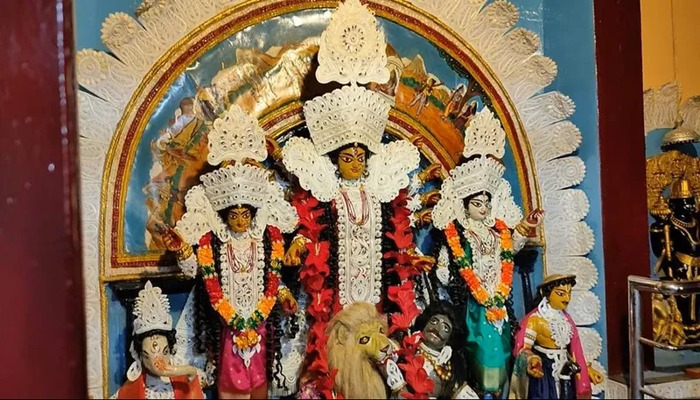


“ई ना हटत हौ!” (It won’t budge!) These words were uttered in exhaustion by 15 sturdy Yadav cowherds from the Madanpura area of Varanasi on Vijayadashami in 1767. That day, as every year, the Mukhopadhyay (now Mukherjee) family of Bengali Tola tried to move the Durga idol installed in their home for immersion, but the idol, made of clay, straw, bamboo, and jute, refused to budge.
Despite numerous attempts, the idol remained unmoved. It is said that Goddess Durga appeared in the dream of the family head, Kali Prasanna Mukhopadhyay, that night, and said, “I wish to remain in Kashi, the city of Shiva. Do not immerse me.” This dream was not just a dream; the command of the Goddess was obeyed. Since then, for nearly 260 years, the same idol has been worshipped every year during Durga Puja, but not immersed.
Worship of the same idol for 260 years
The idol of the Mother Goddess is located in the old Durga Bari in the Bengali Tola, in the Madanpura area of Varanasi. The Durga idol here stands approximately 6 feet tall and is accompanied by Goddess Lakshmi, Goddess Saraswati, Lord Ganesha, and Kartikeya. The idol is worshipped every year during Durga Puja, but is never immersed. Made of clay, bamboo, straw, and jute, the idol remains the same today as it was in 1767. Only minor repairs are performed annually.
The Mukhopadhyay family originally hailed from the Hooghly district of West Bengal. Following a family feud, they settled in Varanasi, where the Bengali culture already had a deep influence. Kali Prasanna Mukhopadhyay performed Durga Puja in his Varanasi home as per the Bengali tradition. At that time (the 1700s), Durga Puja was still a homely, family-oriented celebration in Bengal. Grand pandals and public events were a distant future.

In 1767, like every year, the idol, made of Gangamati (soil from the Ganges), was brought from Bengal to Varanasi on a barge. It was worshipped throughout the Navratri, but when it was time for immersion on the Vijayadashami, the idol seemed to freeze in its place. No amount of force could move it. After Kali Prasanna Mukhopadhyay had the vision of Goddess Durga, it was decided to leave the idol in place. Since then, the same idol has been worshipped every year without immersion.
This idol is worshipped not only during the nine days of Durga Puja but throughout the year. The daily Aarti is performed for 20 minutes, which increases to 45 minutes during Durga Puja. Special offerings during Durga Puja include fruits, peas, Mung beans, and on Panchami, a coconut Naaru made from 51 coconuts (previously made from 151).
There’s no grand pandal here, but it’s a confluence of relationships, memories, and faith. People come from all over the country, especially those with roots in Bengali Tola. This puja isn’t just for the Mukherjee family, but for the entire neighbourhood and Kashi. The idol is recognised by the Archaeological Survey of India (ASI). The face of the statue is distinctive; it depicts Goddess Durga in her youth, which is very rare.
While Indians living in countries like the US, Canada, and Europe often import fibreglass idols of Goddess Durga, which are not meant to be immersed, this idol in Kashi is unique in every way. Idols abroad are reused for convenience and to avoid expense. But in Kashi, the idol is placed permanently because of the Goddess’s command.
Maintenance of the temple and the role of the family
Family members cannot touch the idol; only the priest performs the puja. The Bhattacharya family performs the priestly duties, while the Dutta family decorates and paints the idol. Indranil Mukherjee, who now carries on the tradition, says, “For us, this idol is forever here in Kashi, in the form of a mother. She does not undergo immersion and represents lastingness.”
While Mother Goddess is bid farewell across the country on the occasion of Vijayadashami with the words, “Aashche bochhor abaar hobe” (there will be another one next year), the Mother Goddess of Kashi remains here forever. This is not just about the idol, but the story of a legacy built on the foundation of faith.
(This article is a translation of the original article published in OpIndia Hindi.)




